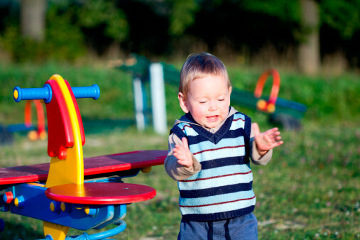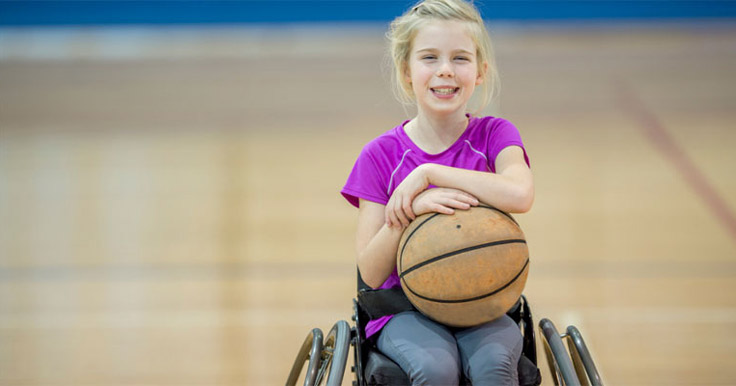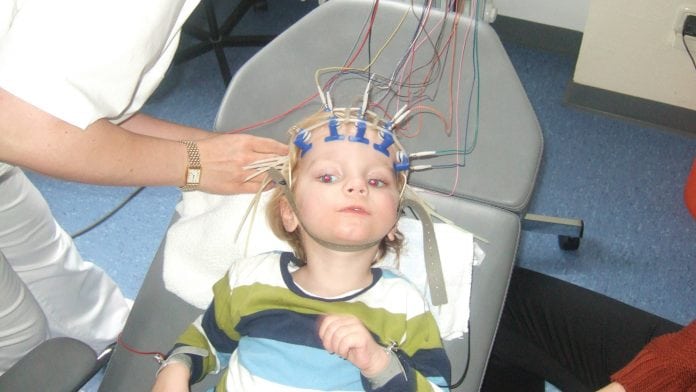
 What is Cerebral Palsy (CP) ?
What is Cerebral Palsy (CP) ?
CP is a static neurological disorder with loss or impairment of motor function. It is the disorder of movement and posture. It is caused by brain damage in most of cases.
The brain damage is caused by brain injury or abnormal development of the brain that occurs while a child’s brain is still developing — before birth, during birth, or immediately after.
CP affects body movement, muscle control & coordination, muscle tone, reflex, posture and balance.

 What causes cerebral palsy(CP)?
What causes cerebral palsy(CP)?
Brain damge or injury in developing brain- before,during or after birth can cause CP. Damage may be due to:
- Lack of oxygen/glucose to brain during delivery.
- Frequent hypoglycemia(low glucose) esp in 1st week of life.
- Severe jaundice can cause damage to specific brain areas
- Premature birth(can lead to multiple risk factors causing brain damage)
- Hemorrhage in brain
- Infection of brain(meningitis/encephalitis) in developing brain.
- Infections in mother during pregnancy(eg TORCH infection).

 How to identify cerebral palsy(CP) ?
How to identify cerebral palsy(CP) ?
Complete history and full neurological examination is required for diagnosing CP. However there are some features which are suggestive of CP.
- Delayed milestones(delay in sitting & walking, speech delay)
- Marked tightness or looseness(floppiness) of muscle.
- Joints in arms and legs not opening fully due to spasticity.
- Relatively small head size.
- Using one hand and leg since early infancy eg: reaching with only one hand
- Excessive drooling and difficulty in swallowing.
- Between 1-2yrs, walking difficulty with keeping legs too close to each other and walking on tip toes.
- Between 3-4yrs, difficulty climbing stairs ,kicking or throwing ball.

 What are the problems associated with cerebral palsy(CP) ?
What are the problems associated with cerebral palsy(CP) ?
The associated morbidities seen in cerebral palsy are:
- Epilepsy or frequent unprovoked seizures
- Impaired vision or hearing
- Feeding difficulties
- Learning difficulties and poor attention span
- Constipation and poor bladder control
Note: Not every child will have these issues, but may be seen in different proportions.
 How is CP diagnosed by a doctor?
How is CP diagnosed by a doctor?
First the confirmation of diagnosis by pediatric neurologist is of utmost important as other neurodevelopmental disorders may be mislabeled as CP.
Thorough history and complete neurological examination is most for all children. Brain imaging (eg MRI and CT brain) and EEG may be recommended on case to case basis to identify the area of brain damage.

 How is cerebral palsy treated?
How is cerebral palsy treated?
The goal of treatment is to improve limitations and prevent complications.
The treatment includes combinations of :
- Physiotherapy.
- Speech and language therapy.
- Occupational therapy
- Medications to control seizures, or reduce muscle tightness/spasms.
- Orthotics or braces to help with positioning the joints and prevent contractures.
P.S: Do not hesitate to ask your enquiries through phone call or Whatsapp.
